I'm building a cross detection circuit op-amp.
I did something like this, coming from https://www.circuits-diy.com/zero-crossing-detector-circuit/ :

In my case, primary is 230V AC, secondary is around 14V AC Op-amp is KA358A. It is powered by 3.3v.
On the oscilloscope screenshot:
- green is 230v primary input
- orange is 14v secondary
- yellow is op-amp IN-
- blue is op amp output.
Scales are not always equal in order to see surimposed curves.
On this second screenshot:
- orange is op-amp IN+
Resistor are 27k instead of 10k of the schematic but I don't think it is a relevant information.
I have 2 questions:
- why is op-amp IN- clamped to -1V ?
- why is op-amp IN+ clamped to -0.6V ?
- why does op-amp output has this odd shape instead of a square shape ?
I suspect, it has something to do with the IC but I can't understand what.



